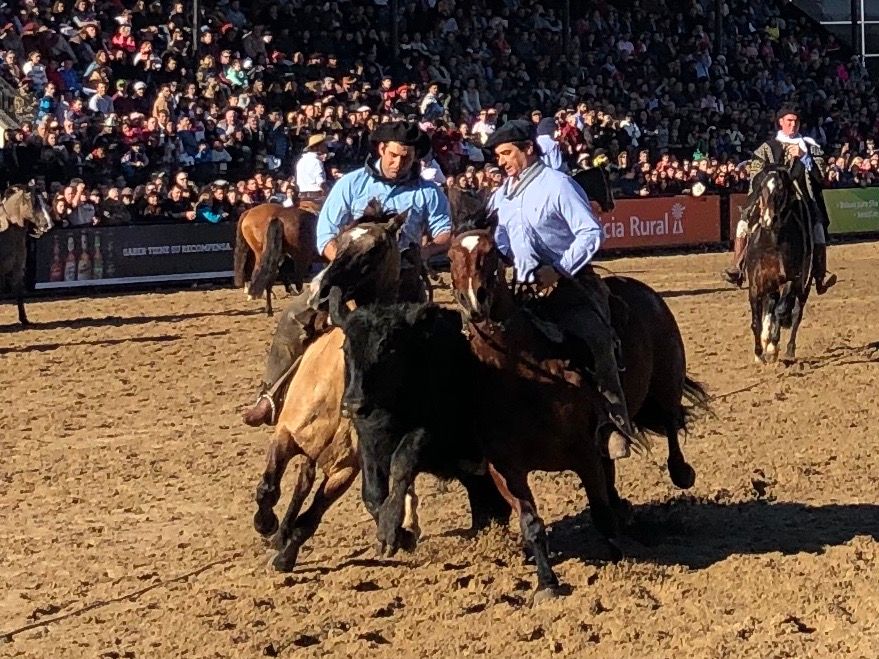The Essence of Gaucho Life: Tradition, Skill, and Adaptation
In the vast expanses of the Argentine pampas, a unique figure has shaped the cultural identity of the region: the gaucho. Gauchos, skilled horsemen and cattle herders, have been an integral part of South American history and continue to hold a significant place in the contemporary lifestyle of the region.
In the vast expanses of the Argentine pampas, a unique figure has shaped the cultural identity of the region: the gaucho. Gauchos, skilled horsemen and cattle herders, have been an integral part of South American history and continue to hold a significant place in the contemporary lifestyle of the region.
What it means to be a gaucho and how their lives intertwine with the ever-evolving landscapes of Argentina and Uruguay?
Tradition and skill have been the cornerstone of gaucho life since the early 18th century. Gauchos have long been revered for their exceptional horsemanship and cattle herding abilities, which were essential for managing vast herds of cattle that roamed the pampas. Living a nomadic life, gauchos traveled the countryside in search of work and adventure, often leading to the development of close-knit communities that relied on one another for support and camaraderie.
A crucial aspect of the gaucho lifestyle is the strong connection to their cultural roots, which can be seen in their attire, cuisine, and traditions. The typical gaucho outfit consists of a wide-brimmed hat, a poncho, bombachas (loose-fitting trousers), and knee-high boots, all of which are practical for the demanding tasks of a gaucho's daily life. Their diet, centered around beef and the traditional drink maté, is a reflection of their connection to the land and its bounty.
Gauchos have also been the inspiration for various forms of art and entertainment, including literature, music, and dance. The romantic image of the gaucho has been immortalized in poems, such as those by José Hernández in his epic "Martín Fierro," as well as in the passionate tango dance, which has its roots in the working-class neighborhoods of Buenos Aires.
As the modern world continues to evolve, so too does the gaucho way of life. While many gauchos still work on ranches, managing livestock and maintaining the cultural traditions that have shaped their identity, others have adapted to the new opportunities that have emerged over time. Today, gauchos can be found in various roles, such as tour guides, equestrian instructors, and even participating in rural sporting events like rodeos and horse races.
In essence, the gaucho lifestyle represents a blend of tradition and adaptation, skill and camaraderie, and a deep connection to the land and its history. As a figure of cultural significance, the gaucho will continue to play an essential role in shaping the identity and lifestyle of South America for generations to come.





